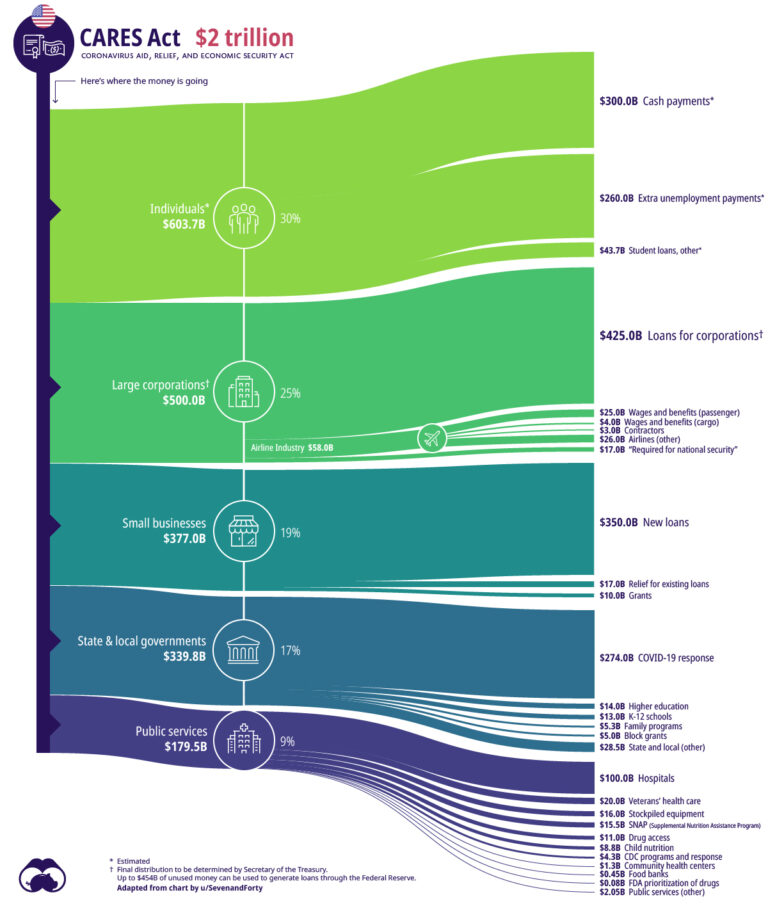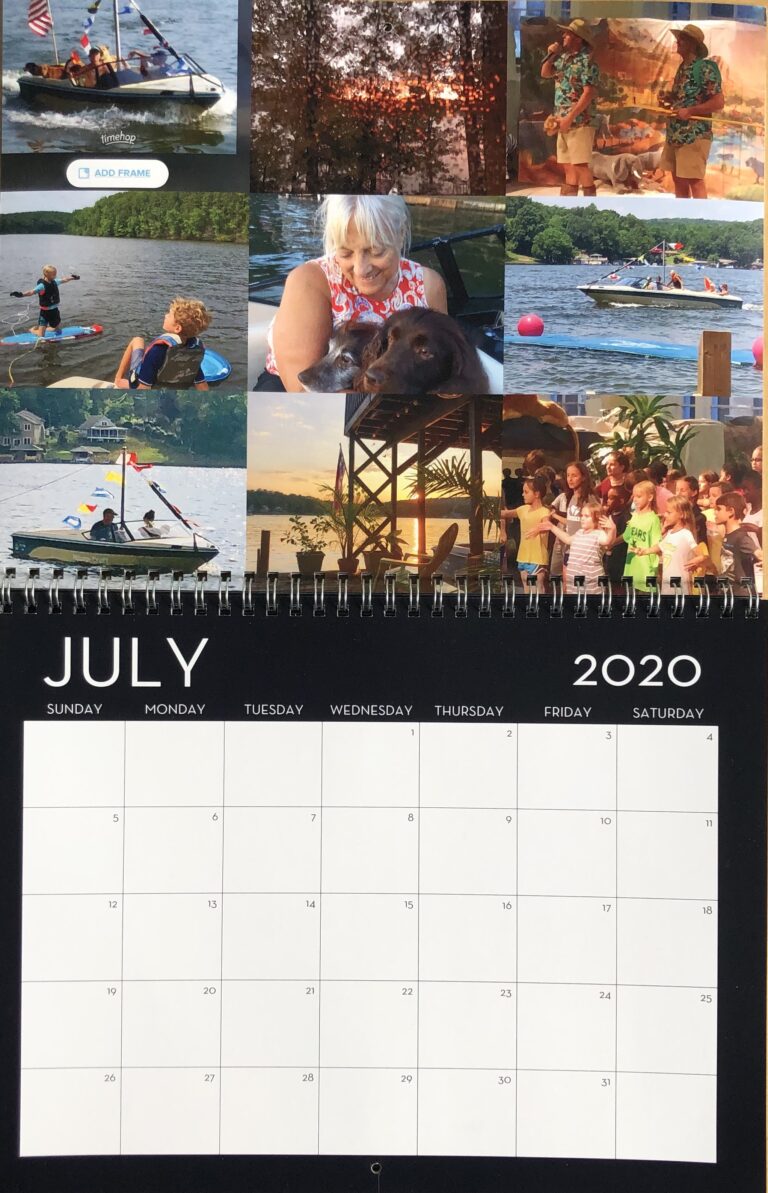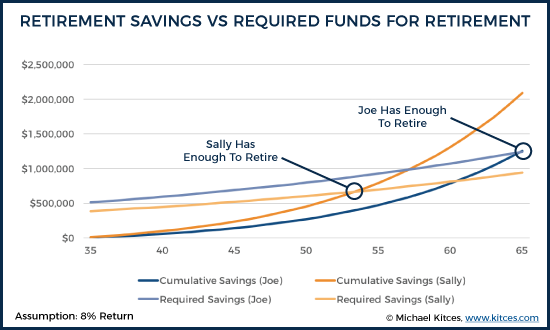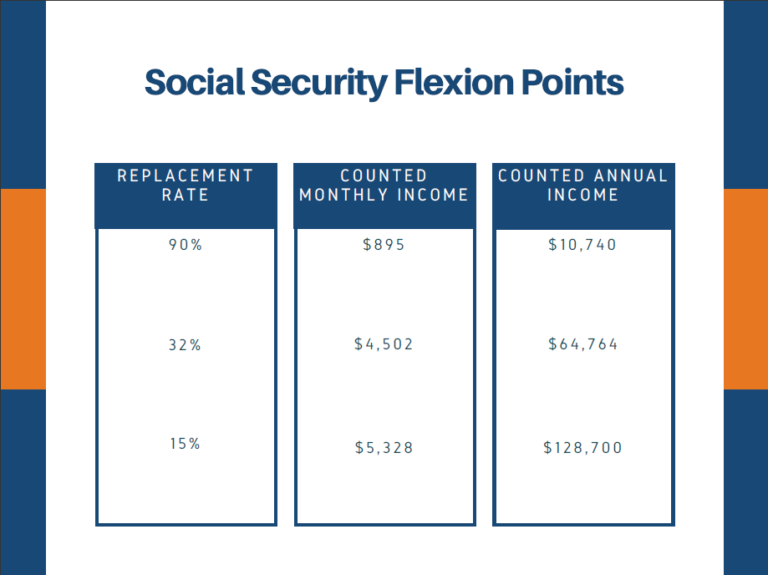What Is a Life Settlement?
Imagine you’re cleaning out your attic and run across a box of dusty old books. You decide it’s not worth the time and effort to sell them, so you take the whole box to the dump. That same night, you happen to update your mom on your completed to-do list, making sure to include all your impressive cleaning. She’s proud…until you mention the books. “What about those old Lord of the Rings books? Those might be worth something.” It turns out that your mom was right (which was no surprise to her) – your $1,000 books are sitting on top of a trash heap. The lesson here is that some items hold value even if they don’t seem like it. The key is knowing when, how, and where to look.
Similar to those thrown out Lord of the Rings books (though slightly less exciting), a life settlement unlocks the value of an asset that many people think is worthless. It involves the sale of a permanent life insurance contract to a third party investor. Before I go into more detail about life settlements, let me explain why they are important. The Society of Actuaries, which studied data from the early 2000’s, found 26% of whole-life policies are terminated in the first three years of the policy and 45%  were terminated in the first 10 years. Termination rates continue to rise as time goes on, as seen in Brandon Robert’s blog (The Insurance Pro) where he states only 15-20% of whole life policies actually pay a death benefit. The reason 80-85% of people cancel their life insurance policy is because they don’t see the value in continuing to pay premiums. While cancelling (surrendering) might be better than continuing to pay premiums, there might be an even better option: a life settlement. Similar to looking up the value of those books on Amazon or eBay, a policyholder can find out what their policy is worth and receive a lump sum payment (up to 10-25% of death benefit).
were terminated in the first 10 years. Termination rates continue to rise as time goes on, as seen in Brandon Robert’s blog (The Insurance Pro) where he states only 15-20% of whole life policies actually pay a death benefit. The reason 80-85% of people cancel their life insurance policy is because they don’t see the value in continuing to pay premiums. While cancelling (surrendering) might be better than continuing to pay premiums, there might be an even better option: a life settlement. Similar to looking up the value of those books on Amazon or eBay, a policyholder can find out what their policy is worth and receive a lump sum payment (up to 10-25% of death benefit).
Life Settlement Steps
In a life settlement transaction, the insurance policy owner sells their policy to the investor. The investor continues to pay the insurance premiums until the owner dies. Upon policy termination (death of the previous owner) the death benefit will be paid to the investor. In exchange for the policy and for naming the investor as the beneficiary, the investor will pay the former owner a lump sum. The amount of this lump sum has a wide range, 10-25% of your policy’s death benefit.
Who Qualifies for this?
Someone who is age 65 or older with a whole life, term life that is whole life convertible, or a universal life insurance policy. Policies must have at least a $100,000 death benefit and a minimum ownership period of 2 years.
Example: After years of paying premiums, Bill (age 75), has reached $140,000 in cash value in his $500,000 whole life policy. The cash value will be able to cover his premium expense of $14,000/annually until age 85. However, once his cash value equals $0, adding $14,000 per year to his budget isn’t affordable. Bill has a few options. He can wait it out and plan on dying before age 85 (a little morbid). He can cancel his policy and remove the $140,000 in cash value or he can pursue a life settlement and remove his cash value which could leave him with $140,000 + $100,000 ($500,000 * .2) = $240,000. This would allow him to remove the fear of living beyond age 85, provide him liquidity in case of emergency, and the ability to invest assets today.
What else should you know?
Broker fees on life settlements are now legally pegged at a maximum of 30% with some brokers going as low as 15%. You should be aware of these high commissions that will lower your net benefit. Alternatively, going straight to the potential buyers (by avoiding a broker) can help avoid those commissions. However, buyers in this industry aren’t required to be fiduciaries which is always a risk. If you are set on selling your life insurance policy without professional help then treat it like any big project. Do your research on buyers in the industry, shop around for what they are willing to pay for your policy, and accept the best offer. Regulation in this industry changes state to state, meaning someone who is a respected buyer in one state isn’t automatically allowed to buy in another state. Lastly, companies who buy insurance policies will need to look into your medical records and have you sign a release form giving them that right.
What impacts a life insurance settlement value?
Investors buy life insurance policies because they want to make money. So think about what makes a good investment when considering if a policy is valuable. Investors look for high returns on invested capital, so they tend to want to buy a policy with a low premium to death benefit ratio. They also want to make as few payments as possible, so the healthier you are (the longer you might live), the less your policy will be worth. Little to no cash value built up in the policy is a benefit as well. Cash value is a dollar for dollar trade and is unattractive. Investors want to make money, not trade it, so it’s worth discussing how much cash value to remove before the sale and how that may affect your death benefit.
How is this taxed?
The lump sum received is seen as taxable income IF it’s above the cost basis. Your cost basis is the total premiums paid subtracted from the cost of insurance.
Example: You’ve paid $50,000 in premiums above the cost of insurance over the years and sell your policy for $77,000. You will then have a taxable income of $27,000 from this sale. $77,000 – $50,000 = $27,000.
Don’t make any decisions just yet.
A life settlement is one option among many and any decision should be made with your complete financial plan in mind. If someone can pay you a lump sum in addition to paying all of your premiums and still make a profit, then it might still be a good investment for you to keep your policy. If you can’t afford the premiums, it might make most sense to pass along your policy (the death benefit and the obligation of the premiums) to a financially stable family member. It could also be worth contacting the current life insurance company to see what modifications you could make to the premium or death benefit or even looking into term insurance.
What to do next?
Proceed with care, explore all the options, and always bounce financial decisions off of a financial professional. If you have any questions then please write us. We enjoy your thoughts and look forward to hearing from you all.








